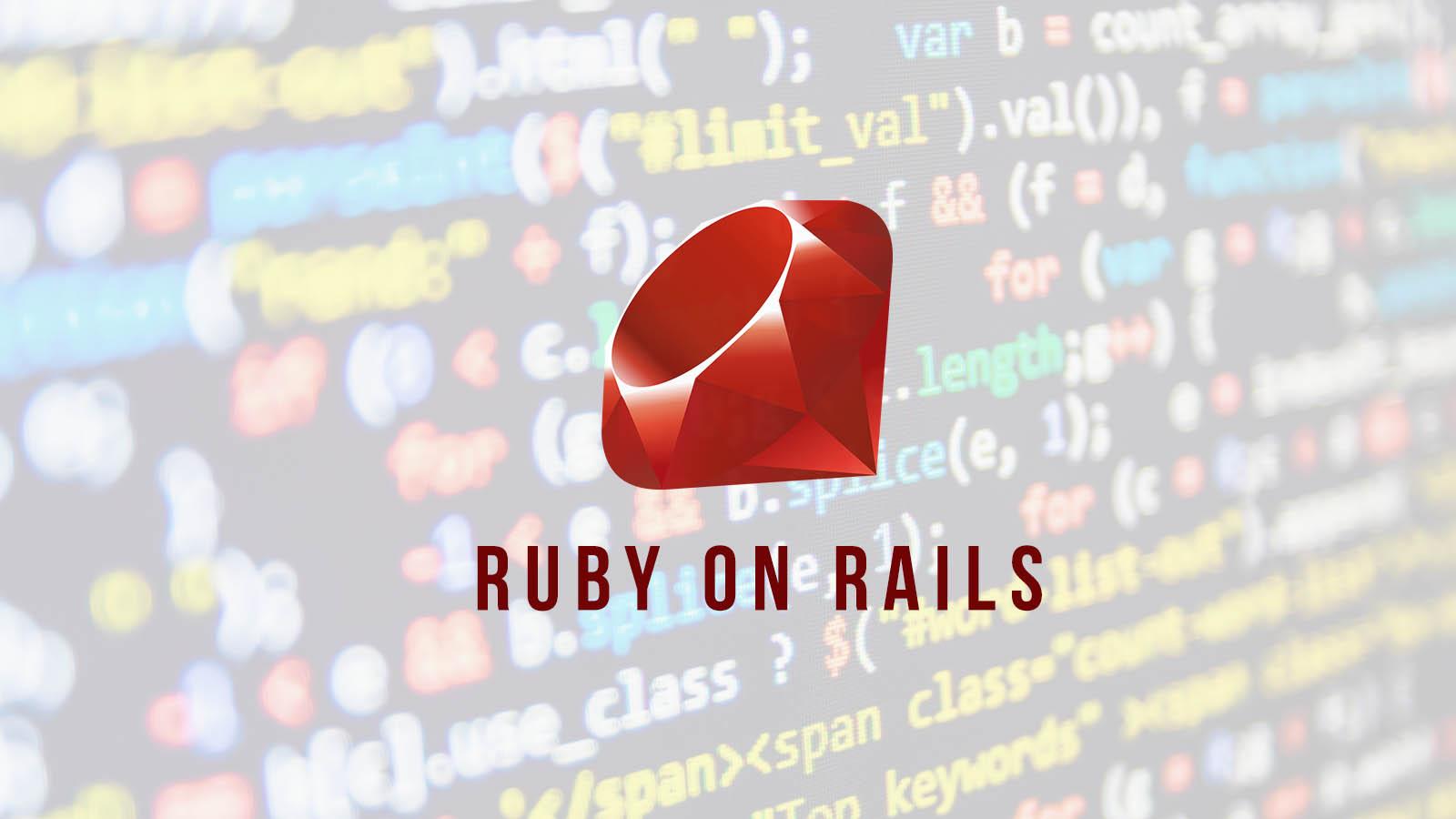In today’s world, businesses that sell products and services online cannot operate without e-commerce platforms. These platforms must include payment processing as a crucial feature. Still, given the rise of online fraud and cyber threats, they must also prioritize the highest security standards to safeguard customers’ financial information. Simultaneously, the payment process must be simple and efficient for all users, regardless of their computer skills, to ensure a seamless and user-friendly experience. By prioritizing these best practices, e-commerce platforms can increase customer satisfaction and encourage repeat business. This article will examine the significance of payment processing and provide insights into how to achieve it effectively.
Payment Integration Mechanisms in Ruby on Rails – An Overview

source: pinterest.com
There are various ways to initiate the payment process within an application. One method involves the user entering their payment information directly into the app, which is then securely transmitted to the payment provider. Alternatively, the user can be directed to the payment provider’s website, where they can enter their preferred payment method and relevant details. This option may make some users feel more secure, since they enter their credit card information on a well-known payment provider’s website.
Once the user has provided their card details or logged into their bank account, the payment provider authenticates this information and confirms the payment by contacting a payment processor, which then communicates with the bank to settle the charges. In this way, sensitive data is not stored by the application’s backend; rather, it is the responsibility of the payment gateway to do so. If a user’s payment method needs to be saved for future use, only a token representing that method is stored.
Selecting the Right Payment Gateway for Your Needs
Before selecting a payment provider, it is essential to determine the payment model that best fits your needs. There are several distinct approaches, and it is important to note that not all providers support each method.
The Process of Completing a Purchase

source: pinterest.com
The standard procedure involves users choosing their desired product or products and proceeding to the payment process. At this stage, they can select a suitable payment method from a variety of options offered on the checkout form, including bank transfer, BLIK (a popular payment method in Poland), credit/debit cards, Google Pay/Apple Pay, and pay later.
Looking at it from a technical standpoint, the usual process can be summarized as:
- The payment procedure is started by the user by clicking on the relevant button. The front-end module of the application connects with the Back End to get the payment link, which is utilized to guide the user.
- The user is directed to the payment gateway’s web page, where they can input their payment information.
- Upon submitting payment details, the payment gateway processes the payment and sends a webhook to the backend containing the payment status.
- Following the completion of payment processing, the payment gateway redirects the user back to the store page.
If you are looking to charge users on a regular basis for ongoing access to a service, then you may want to consider using subscriptions. Typically, subscriptions involve charging users for a set period of time, such as a week, month, or year.
- To use this payment option, users are required to provide their credit card details, which will be used to process subsequent charges. Additionally, some payment providers may offer support for Apple Pay or Google Pay.
- When dealing with subscriptions, there are several important considerations to keep in mind, including compliance with Strong Customer Authentication (SCA) regulations. It is essential to check whether your payment gateway supports SCA and whether it applies to subscriptions. For example, the first charge of a fixed amount with a fixed interval will need to go through 3D Secure. If there are changes to the subscription, such as a different amount or an upgrade, it may need to go through 3D Secure again.
- If you plan to implement in-app subscriptions, it is important to verify whether Apple Pay or Google Pay subscriptions are required. This is because Apple and Google charge a commission of 15-30% for in-app subscriptions.
- Lastly, it is crucial to be aware of the specific regulations set by Apple and Google regarding subscriptions.
If you are selling digital goods, it may not be possible to use an external provider for payment processing.
One effective method of enticing users to try out your paid services is by offering trial periods for subscriptions. However, you will need to decide whether to collect payment information from the user at the beginning of the trial period or at the end of it. This decision is likely to impact conversions, and you may need to conduct A/B testing to determine the best approach.
It is also important to investigate the options available from your payment provider to ensure that they support the trial period feature.

source: pinterest.com
Merchant-initiated transactions are useful in many scenarios, including:
- Delayed Charges: This payment method is ideal for situations where a service is provided in the present, but payment will be made after the user has finished using the service. For example, when renting a car, the payment can be based on the number of kilometers driven at the end of the rental period.
- Penalty Charges: This payment method is applicable when a user fails to comply with regulations and is charged accordingly.
- Installment Payments: This payment method is suitable for situations where users choose to pay for a service in installments. For instance, in Airbnb, a user can pay for half of their stay at the time of booking and the other half a few days before their check-in date.
Simplified implementation
To ensure smooth integration of your payment gateway with Ruby on Rails, it’s important to confirm whether your chosen provider offers a dedicated library for this framework. In the event that they don’t have an official library, it’s advisable to check for unofficial versions created by the community on platforms like GitHub. However, if you decide to use an unofficial library, it’s essential to verify the quality and validity of their implementation. This is because some of these libraries may be based on soon-to-be-deprecated provider APIs.
To make things easier for you, we’ve compiled a list of payment gateway providers that offer excellent Ruby on Rails support:
- Stripe is a payment provider that offers extensive documentation specifically for Ruby, along with an official library that simplifies integration. Our team at Applover has utilized this integration multiple times and can attest to its ease of use. Additionally, Stripe’s support team is highly responsive and eager to help with any issues or questions. The library has been downloaded nearly 50 million times according to RubyGems.
- Another provider, Braintree, also provides an official Ruby library on their Github page. This library is actively maintained with only two active issues (over 100 have been resolved). Braintree’s technical documentation is also dedicated to the Ruby language. The library has been downloaded over 15 million times according to RubyGems.
- Adyen provides a robust library that supports various APIs across its services. The library is actively maintained, as evidenced by the commit history. Additionally, Adyen offers a technical blog, a technical newsletter, and a Twitter account dedicated to developers. According to RubyGems, the library has been downloaded nearly one million times.
While there are also many unofficial libraries available for other payment gateways developed by the Ruby community, they may not be as active. Nonetheless, they could serve as inspiration or provide assistance during implementation.
Percentage of Commission

source: pinterest.com
The commission value is a crucial aspect to consider when selecting the appropriate payment provider. The pricing structures of various providers differ and can have varying impacts on a business’s profitability. Common commission models include charging a percentage of the transaction or a percentage of the transaction plus a fixed fee.
Furthermore, some providers offer extra services, including creating a checkout page on a custom domain, verifying a customer’s identity, calculating taxes for different countries, and generating invoices.
Useful Ruby on Rails libraries for payment processing
Apart from the libraries dedicated to specific payment providers, there are other libraries that have a more general application in Rails:
One such library is ‘money-rails’. It is important to be careful when dealing with money in an application, as using the wrong data type in the database column can lead to issues. In case you are working with SQL, using integers or decimal types with a precision of 8 and a scale of 2 would be ideal.
The ‘money-rails’ gem is essentially a Ruby gem for money formatting that has been adapted for Rails. It includes the following features:
- ‘Money’ class that contains relevant currency information such as its value, denomination, and decimal notation.
- ‘Money::Currency’ class that encapsulates details about the currency.
- Represents money values as integers to avoid issues caused by floating point rounding errors.
- APIs for currency exchange are also provided.
The monetize method is a feature available in the money-rails gem that can be used to convert various Ruby objects (such as strings) into money. Here is an example of how to use it:
It is also imperative to know pay. The purpose of this library is to create a standardized interface for various payment providers. Currently, it supports Stripe, Braintree, Paddle, and even a “Fake Processor” that is useful for free trials and free subscriptions that do not require card information. The creator is also open to new integrations and welcomes collaborations with other developers. If you need to support multiple payment providers, this gem could be useful.
Improving Your E-Commerce User Experience

source: pinterest.com
To sum up, the world of e-commerce has witnessed tremendous growth in recent years and continues to evolve at a remarkable pace. To offer customers the best experience, it is crucial for businesses to keep up with the latest trends and technologies. This entails investing in user-friendly interfaces, optimizing mobile responsiveness, providing multiple payment options, and ensuring top-notch security for all transactions. At Applover, we are committed to supporting businesses in achieving these objectives by leveraging our expertise in developing innovative e-commerce solutions. By following these best practices and staying ahead of the competition, e-commerce enterprises can thrive and cultivate enduring customer relationships.



